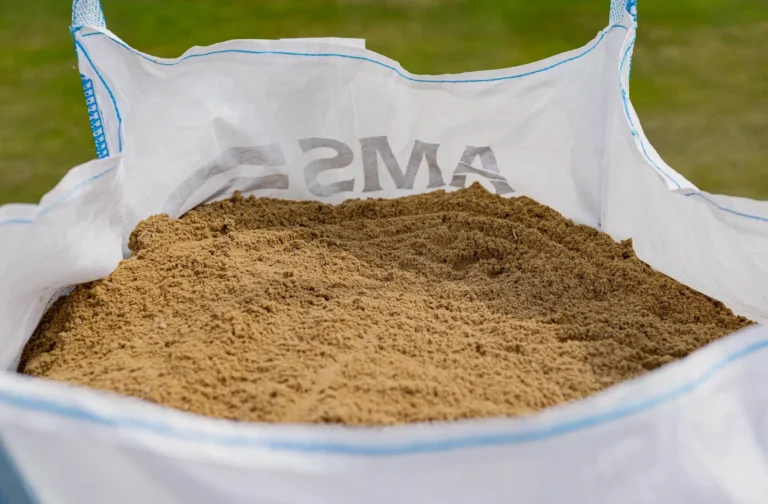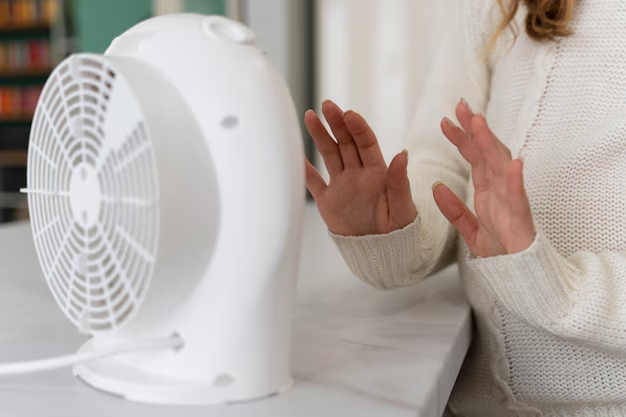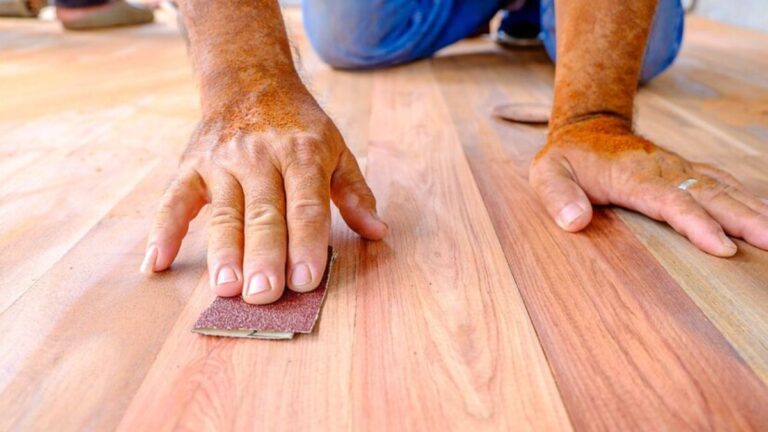Weekly Pool Maintenance: The Key to Crystal Clear Water All Year Round
Maintaining a swimming pool is an ongoing responsibility that ensures the water remains clear, clean, and safe for swimming. While owning a pool can be a source of endless enjoyment, it also requires consistent upkeep. Proper weekly maintenance not only extends the life of your pool but also enhances its aesthetic appeal. This guide will provide you with a comprehensive overview of weekly pool maintenance tasks to keep your pool in pristine condition year-round.
Understanding the Importance of Regular Maintenance
Regular maintenance is crucial for several reasons. It helps prevent the growth of algae and bacteria, keeps the water balanced, and ensures that all pool equipment functions efficiently. Neglecting these tasks can lead to cloudy water, unpleasant odors, and potential health hazards.
Skimming and Cleaning Debris
The first step in weekly pool maintenance is skimming the surface to remove leaves, insects, and other debris. Using a long-handled skimmer, make sure to cover the entire pool surface, focusing on areas where debris tends to accumulate.
Steps for Effective Skimming:
- Start Early: Skim the pool early in the morning before the debris settles to the bottom.
- Work Methodically: Skim in a systematic pattern, ensuring you cover the entire surface.
- Empty Skimmer Baskets: Regularly empty the skimmer baskets to maintain optimal performance.
Brushing and Vacuuming the Pool
Brushing the pool walls and floor is essential to remove algae and prevent staining. Use a brush suitable for your pool’s surface material—nylon for vinyl and fiberglass, or stainless steel for concrete.
Steps for Brushing:
- Brush the Walls: Start from the top and work your way down, paying special attention to corners and steps.
- Brush the Floor: Move methodically across the pool floor, overlapping each stroke.
Vacuuming is equally important to remove dirt and debris that the skimmer misses. There are manual and automatic vacuums available, each with its advantages.
Steps for Vacuuming:
- Manual Vacuuming: Connect the vacuum to your pool’s filtration system and move it slowly across the pool floor.
- Automatic Vacuuming: Set up your automatic vacuum according to the manufacturer’s instructions and let it do the work.
Checking and Maintaining Water Levels
Proper water levels are crucial for the pool’s filtration system to work effectively. The water level should be at the midpoint of the skimmer opening.
Steps for Maintaining Water Levels:
- Check Weekly: Inspect the water level at least once a week.
- Adjust as Needed: Add water using a hose or remove excess water using a submersible pump.
Testing and Balancing Water Chemistry
Maintaining balanced water chemistry is key to keeping the pool water clear and safe. The primary components to test and adjust are pH, chlorine, alkalinity, and calcium hardness.
Steps for Water Testing:
- Use a Test Kit: Use a reliable test kit to measure the levels of pH, chlorine, alkalinity, and calcium hardness.
- Adjust pH Levels: The ideal pH range is between 7.2 and 7.6. Use pH increaser or decreaser to adjust.
- Maintain Chlorine Levels: Chlorine should be between 1.0 and 3.0 parts per million (ppm). Add chlorine tablets or shock treatment as needed.
- Check Alkalinity: Total alkalinity should be between 80 and 120 ppm. Use alkalinity increaser or decreaser to adjust.
- Monitor Calcium Hardness: The ideal range for calcium hardness is 200 to 400 ppm. Add calcium chloride if needed.
Cleaning the Pool Filter
The pool filter plays a vital role in keeping the water clean by trapping debris and particles. There are three main types of filters: sand, cartridge, and diatomaceous earth (DE).
Steps for Cleaning Filters:
- Sand Filters: Backwash the filter once a week to remove trapped debris.
- Cartridge Filters: Remove and rinse the cartridge with a hose. Replace it if it’s worn out.
- DE Filters: Backwash the filter and add new DE powder according to the manufacturer’s instructions.
Inspecting Pool Equipment
Regularly inspecting your pool equipment ensures everything is functioning properly. This includes the pump, heater, and any additional features like waterfalls or lights.
Steps for Equipment Inspection:
- Check the Pump: Ensure the pump is running smoothly without any unusual noises.
- Inspect the Heater: Verify the heater is maintaining the correct temperature.
- Examine Additional Features: Make sure all additional features are operating correctly.
Managing Algae Growth
Algae can quickly turn your pool water green and murky. Preventing algae growth requires regular brushing, proper chemical balance, and the use of algaecides.
Steps for Algae Prevention:
- Brush Regularly: Brushing the pool walls and floor prevents algae from settling.
- Maintain Chemical Balance: Keep your water chemistry balanced to inhibit algae growth.
- Use Algaecides: Add algaecides to the water as a preventative measure.
Scheduling Professional Inspections
While regular maintenance can be handled by the pool owner, scheduling professional inspections ensures your pool remains in top condition. Professionals can identify potential issues early and provide solutions to prevent costly repairs.
Steps for Professional Inspections:
- Schedule Annually: Arrange for a professional inspection at least once a year.
- Follow Recommendations: Implement any recommendations provided by the professionals.
For a thorough and reliable inspection, POOL-ology offers expert services that help keep your pool safe and well-maintained. Their experienced team provides detailed assessments and actionable advice to ensure your pool is always ready for use.
Conclusion
Weekly pool maintenance is essential for keeping your pool water crystal clear and inviting all year round. By following these steps, you can ensure your pool remains a source of enjoyment and relaxation. Consistent maintenance not only preserves the aesthetic appeal of your pool but also extends its lifespan, providing a safe and healthy environment for swimming. Dive into your weekly routine with confidence, and enjoy the benefits of a well-maintained pool.







